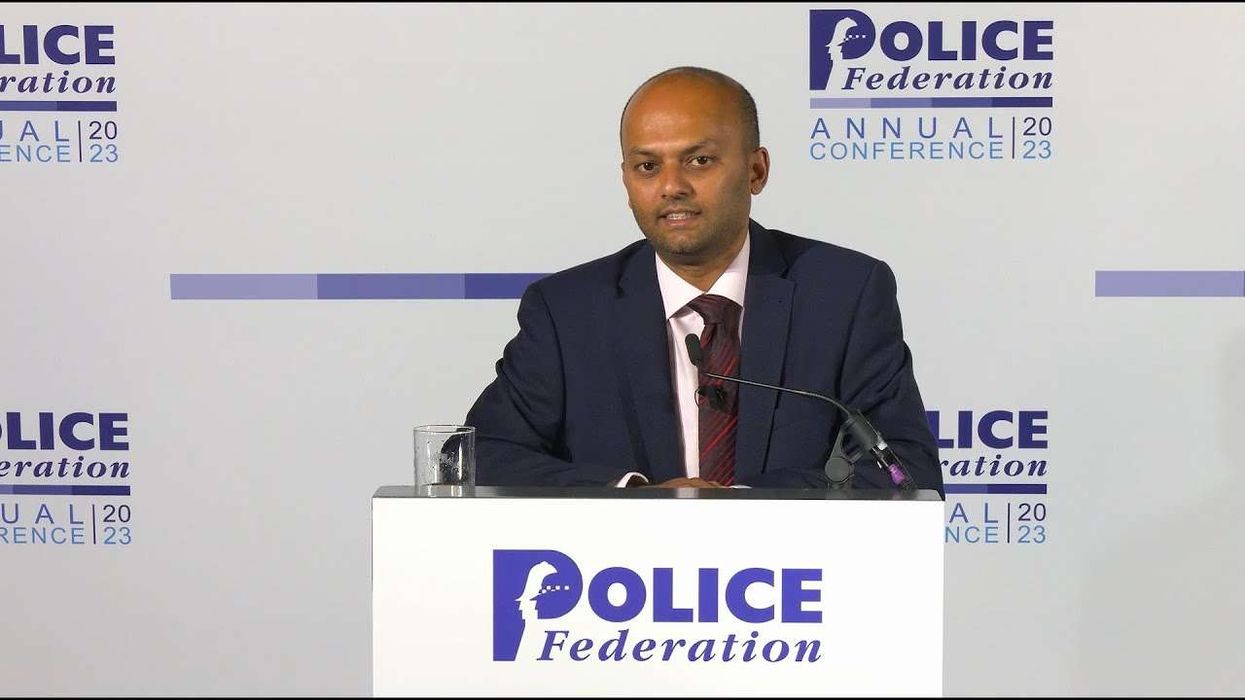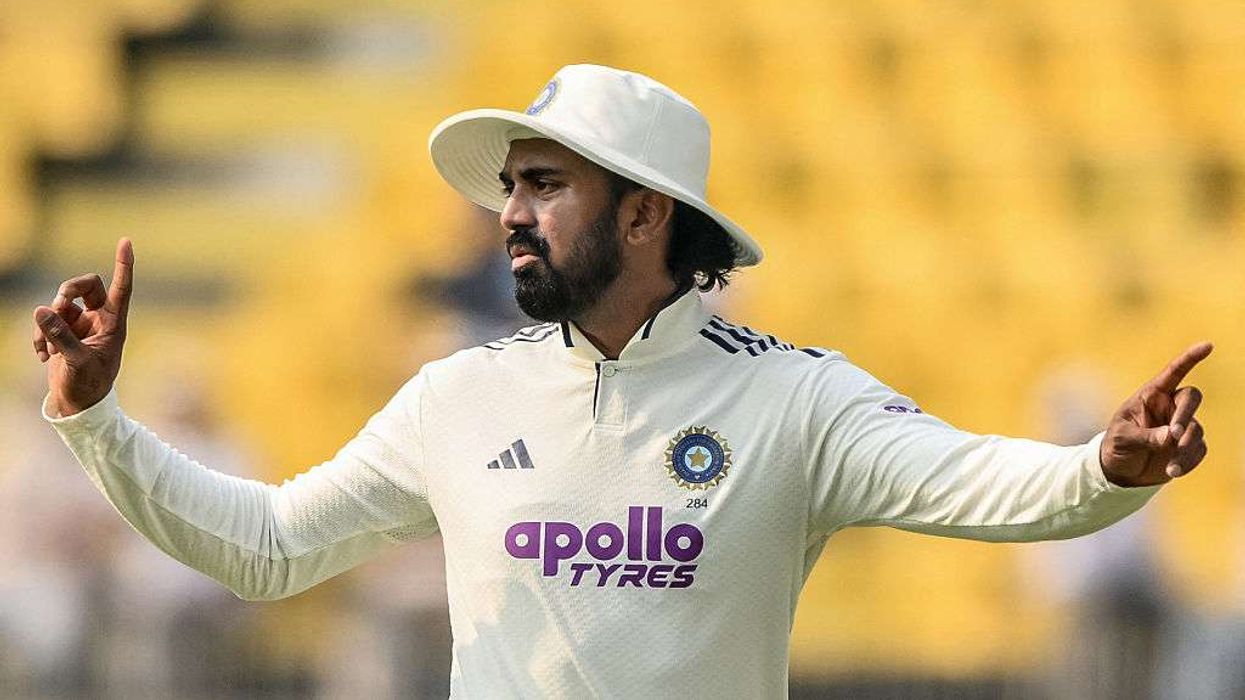South Africa's hopes of winning the second Test at the Wanderers and squaring the three-Test series against India will rest squarely on the shoulders of their captain Dean Elgar who battled for three hours on Wednesday to keep the Indian bowlers at bay.
The 34-year-old opening batsman produced a defiant 46 not out against a hostile Indian attack as South Africa, chasing 240 to win, reached 118 for two at the close of the third day.
On a difficult pitch, which is likely to pose even greater problems on Thursday, Elgar faced 121 balls in a three-hour examination of his skills and resolve.
He was beaten by several deliveries and took blows to the body, neck and fingers, twice needing treatment on the field. But his resolve was an example to his teammates.
“His leadership will go a long way to getting us across the line,” said South African batting consultant Justin Sammons.
“He’s a competitor at heart. That’s what he loves about Test cricket. It brings out the best in him.”
With Aiden Markram and Keegan Petersen already back in the pavilion and Rassie van der Dussen resuming on 11 not out, Sammons admitted that it was still going to be a tough battle for the Proteas to score the remaining 122 runs they need for victory.
“It’s not going to be easy," he said. "Their attack has been pretty relentless throughout the series and we know what the wicket has been like.”
Indian batsman Ajinkya Rahane said it was a pitch on which one wicket could lead to several.
“We have to keep it tight, keep our intent going and wait for that one wicket,” he said.
Teammate Cheteshwar Pujara, who shared a 111-run third wicket partnership with Rahane to ensure that South Africa were set a challenging target, said he expected the pitch to continue to deteriorate on Thursday, adding that India were “very confident” of winning the Test to go 2-0 up in the series.
- 'Big first hour' -
The early exchanges on Thursday are likely to be crucial. Both camps said the use of the heavy roller at the start of an innings and before play each day provided a window of opportunity for batsmen.
Pujara and Rahane added 66 in the first hour on Wednesday before conditions became more difficult, while Elgar and Markram put on 47 for the first wicket at the start of the final innings, scoring at nearly five runs an over.
“With the roller, the pitch flattens out for half an hour, 40 minutes, then it becomes really hard for the batsmen,” said Rahane.
“We’ve got a big first hour to get through,” said Sammons. “Hopefully the heavy roller plays its part as it has done previously.”
Markram stroked 31 off 38 balls before he fell leg before wicket to first innings bowling hero Thakur.
But it was off-spinner Ravichandran Ashwin who made the second breakthrough when he trapped Petersen in front of his stumps for 28 with the total on 93.
After losing the first Test in Centurion, South Africa, with only six recognised batsmen, need to win to keep the series alive ahead of next week’s third and final Test in Cape Town.
India’s second innings total of 266 owed much to Pujara and Rahane, who shared the biggest partnership of the match.
The two veterans, the subject of criticism after a string of low scores, both went to rapid half-centuries as they took advantage of inconsistent bowling by South Africa.
Pujara said neither batsmen had been concerned about the criticism.
“It’s just the outside noise,” he said. “There are times when you don’t get runs but if you follow the right processes you can put runs on the board.”
Fast bowler Kagiso Rabada brought South Africa back into contention with a burst of three wickets, dismissing both set batsmen as well as wicketkeeper Risabh Pant.
Hanuma Vihari made 40 not out and there was aggressive batting from Ashwin and Thakur as India added 99 for the loss of their last five wickets.





 Holiday fans celebrate Leona Lewis' One More Sleep topping the UK streaming charts Youtube Screengrab
Holiday fans celebrate Leona Lewis' One More Sleep topping the UK streaming charts Youtube Screengrab 






